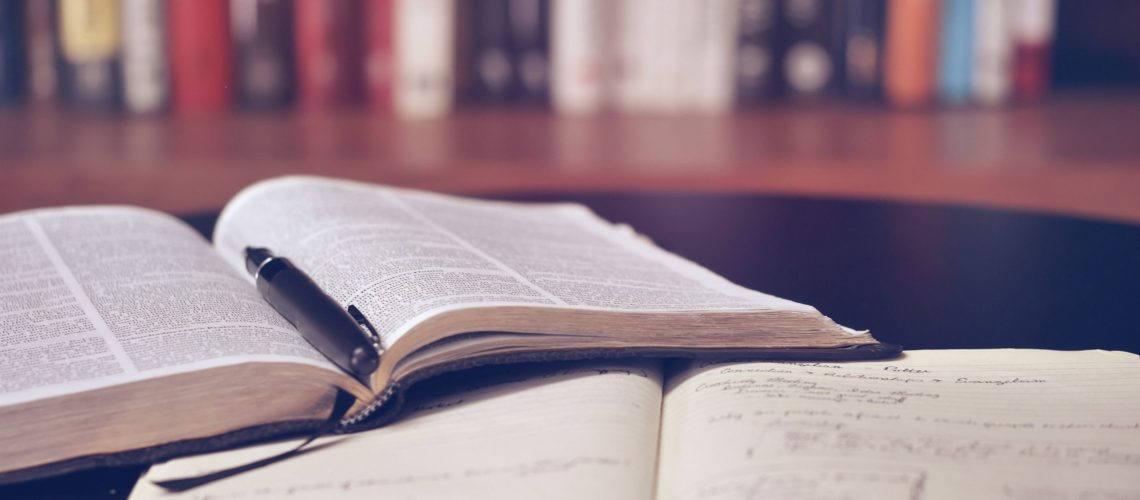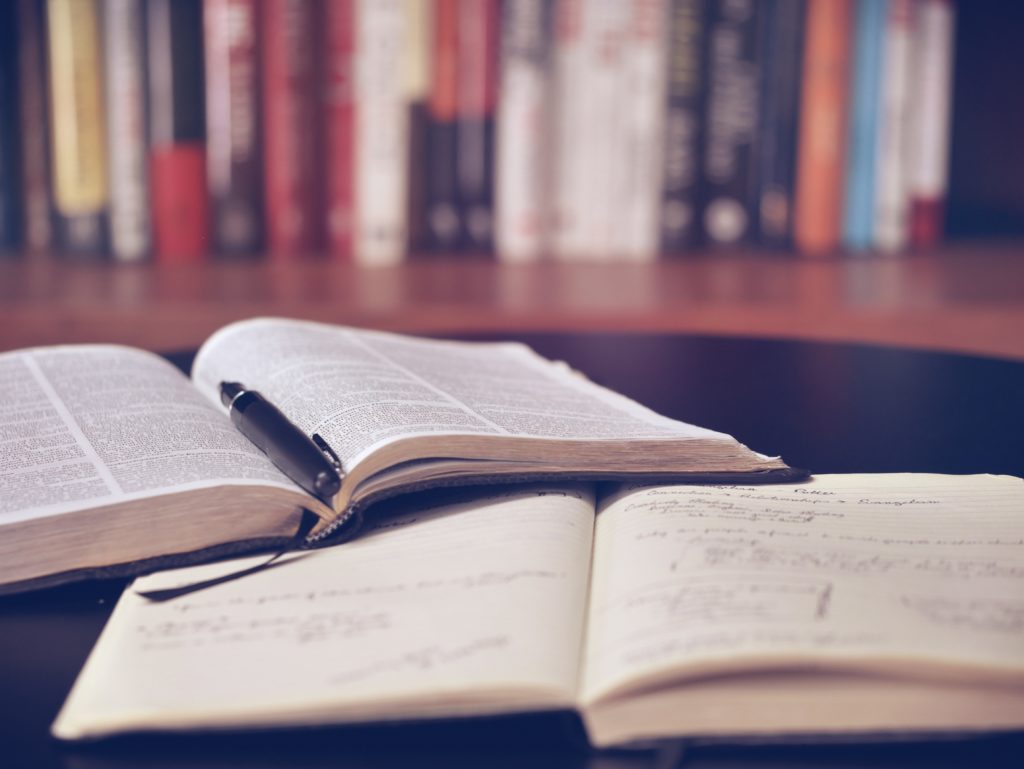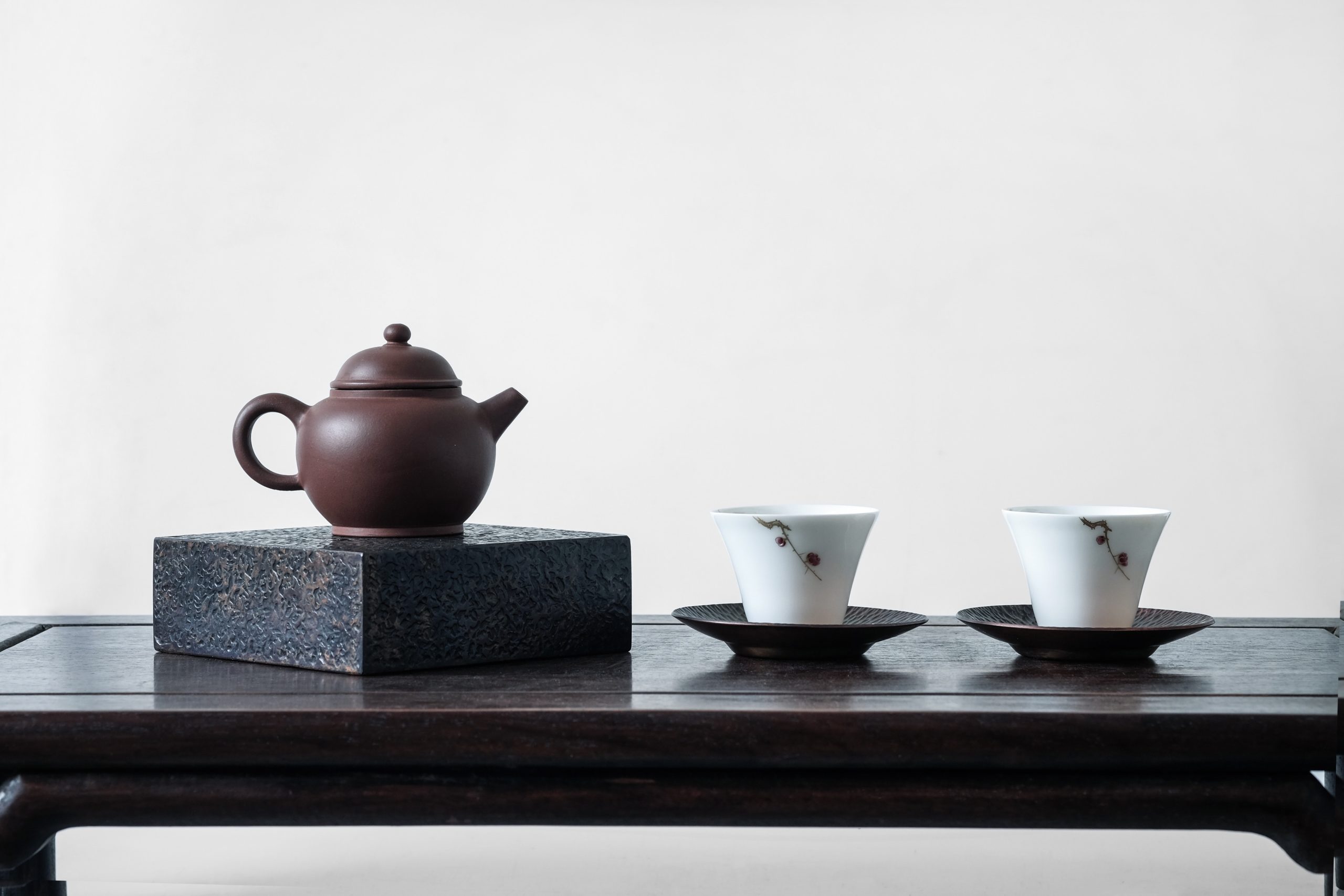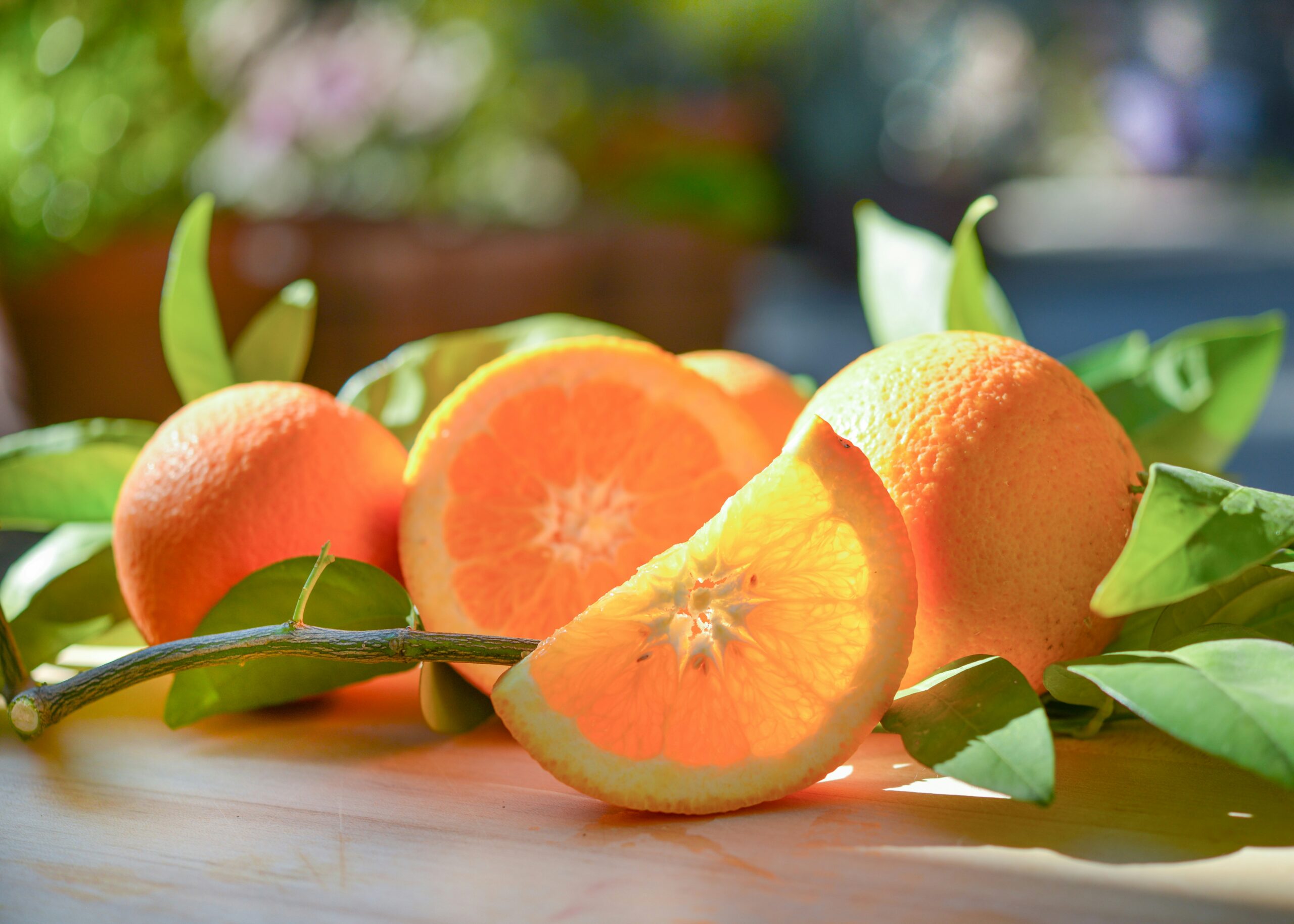كيف تقرأ أوراق الشاي؟

في هذه المقالة، سأتحدث عن نطق أوراق الشاي.
قد يقرأها الكثيرون على أنها (تشابا). ومع ذلك، هل تعلم أنه يوجد أيضًا نطق “ちゃよう” (تشايو)؟ (إذا كنت تعرف هذا، فمن المحتمل أنك تعمل في صناعة الشاي.)
أما بالنسبة لي، فلم أكن أعلم بالنطق (تشايو) حتى بدأت دراسة أن أكون مدرب شاي ياباني. أتذكر أنني كنت حذرًا جدًا خلال امتحان التعليم لنقع الشاي، حيث لم يكن من المقبول استخدام (تشابا) بدلاً من (تشايو).

في الأصل، كانت تُقرأ (أوراق الشاي) على أنها (تشايو) باستخدام قراءات أونْيومي. مع مرور الوقت، انتقل النطق إلى (تشابا)، الذي يجمع بين قراءات أونْيومي وقراءات كُونْيومي (نوع من القراءة يُعرف باسم جُوكُو-يومي). هناك عدة نظريات حول سبب حدوث هذا التغيير، بما في ذلك واحدة تقترح أن النطق (تشابا) أصبح أكثر شيوعًا بسبب الإعلانات التجارية.
على أي حال، نظرًا لأن (تشايو) قد لا يفهمه الجميع، فمن الأفضل استخدام (تشابا) في الحياة اليومية.





